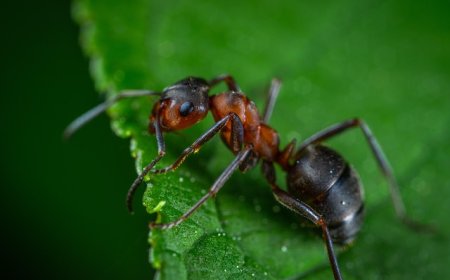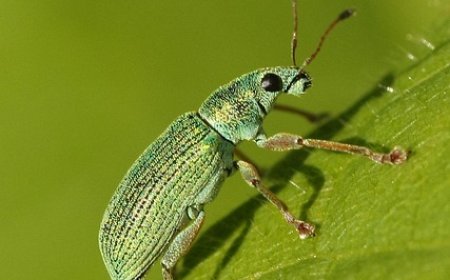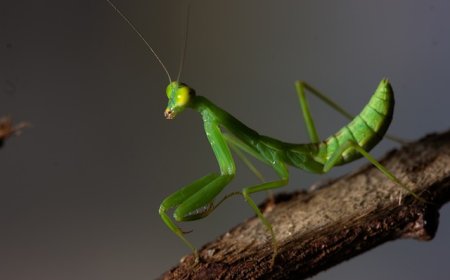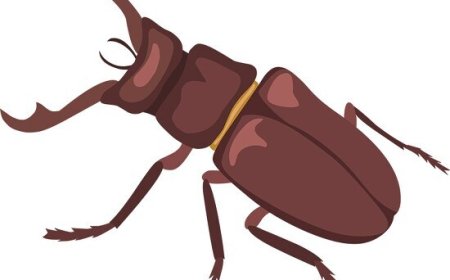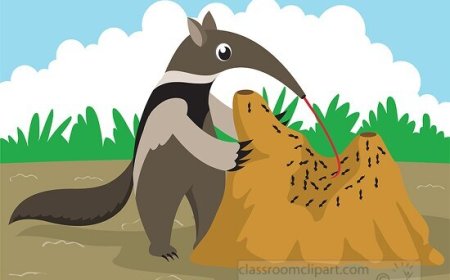Praying Mantises for Kids: Facts, Life Cycle, and Amazing Hunters
Discover amazing facts about praying mantises in this kid-friendly guide. Learn about their life cycle, how they hunt, and why they are helpful insects.
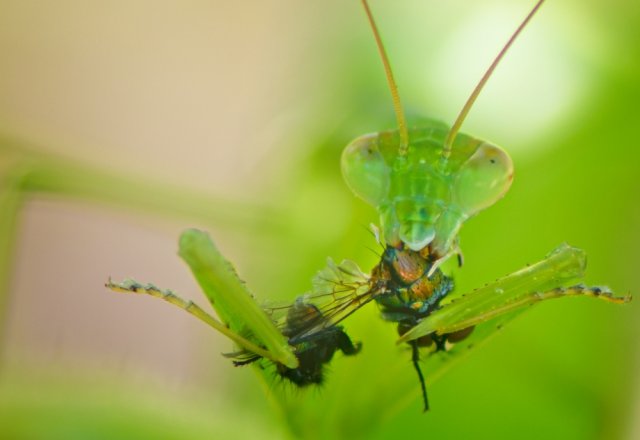
🦗🙏 Praying Mantises: The Masters of Disguise and Hunting
🌼 Introduction
The praying mantis is one of the most fascinating insects in the world. Named for the way it holds its front legs as if in prayer, this insect is a skilled hunter that uses its excellent vision and quick reflexes to catch prey. Praying mantises are known for their unique appearance, clever camouflage, and amazing hunting behaviors.
In this article, you will learn what a praying mantis is, how it grows, how it hunts, and why it is important in nature.
🧬 Classification and Scientific Background
Praying mantises belong to the insect order Mantodea, which includes about 2,400 species around the world.
Scientific Classification:
- Kingdom: Animalia
- Phylum: Arthropoda
- Class: Insecta
- Order: Mantodea
- Family: Mantidae (most common family)
They have been on Earth for over 100 million years and live in many different environments.
🦗 What Does a Praying Mantis Look Like?
Praying mantises are easy to recognize because of their:
- Triangular head with two large compound eyes and three simple eyes.
- Long, flexible neck that lets them turn their heads almost 180 degrees.
- Raptorial front legs with sharp spines for grabbing prey.
- Elongated body that helps them blend into leaves and twigs.
- Green, brown, or gray coloring for camouflage.
Most praying mantises are between 2 to 5 inches long, but some tropical species can grow over 6 inches.
🌿 Where Do Praying Mantises Live?
Praying mantises live on every continent except Antarctica.
They prefer warm environments such as:
- Grasslands and meadows
- Shrubs and gardens
- Tropical forests
- Farmlands
They spend most of their time sitting still, waiting for prey.
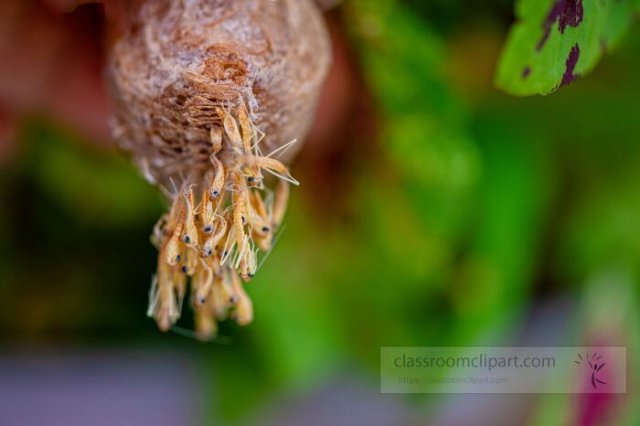
🐣 The Praying Mantis Life Cycle
Praying mantises go through incomplete metamorphosis, which has three stages:
- Egg
- Females lay hundreds of eggs in a frothy mass called an ootheca, which hardens to protect them.
- Nymph
- Tiny mantises hatch looking like miniature adults but without wings.
- They molt (shed their exoskeleton) several times as they grow.
- Adult
- Adults have fully developed wings and can reproduce.
🍽️ What Do Praying Mantises Eat?
Praying mantises are carnivorous predators. They eat:
- Flies
- Grasshoppers
- Moths
- Bees
- Spiders
- Even small lizards or hummingbirds in rare cases
They use their front legs to grab prey lightning-fast and eat it alive.
🛡️ How Do Praying Mantises Defend Themselves?
Praying mantises protect themselves by:
- Camouflage: Blending into plants and flowers.
- Threat Displays: Raising their legs and spreading their wings to look bigger.
- Speed: Escaping danger with quick movements.
🌍 Why Are Praying Mantises Important?
Praying mantises help ecosystems by:
- Controlling insect populations naturally.
- Serving as food for birds and larger predators.
Gardeners often appreciate them because they eat pest insects.
✨ Interesting Facts About Praying Mantises
- Praying mantises have binocular vision and can judge distances accurately.
- They can turn their heads nearly all the way around.
- Female mantises sometimes eat the male after or during mating.
- A mantis can strike prey in just 1/20th of a second.
- Some mantises look exactly like flowers to catch pollinators.
- The name “mantis” comes from the Greek word for “prophet”.
📝 Kid-Friendly Summary
The praying mantis is an insect known for its folded front legs that look like it’s praying. It is an amazing hunter that eats many other insects. Praying mantises can turn their heads and blend into plants to stay hidden. They lay eggs in protective cases, and the young nymphs look like tiny adults. These insects are helpful in gardens because they control pests naturally.
🧠 Vocabulary Words
| Word | Definition |
|---|---|
| Mantodea | The insect order that includes all mantises. |
| Nymph | A young mantis that looks like a small adult. |
| Ootheca | The protective egg case of a mantis. |
| Carnivore | An animal that eats other animals. |
| Camouflage | Coloring or shapes that help animals blend in with their environment. |
| Raptorial | Adapted for grabbing or holding prey. |
| Exoskeleton | The hard outer covering that protects an insect’s body. |
| Metamorphosis | Changing from egg to adult through different stages. |
| Binocular Vision | Seeing with both eyes to judge distance. |
| Predator | An animal that hunts and eats other animals. |


















































